Most of you probably know that the philosophy behind CRM
is to create long-term, loyal customers. The longer a company can retain
its customers, the more loyal those customers can become towards the company.
Customer retention can be achieved through pricing, product quality and
service quality strategies, the latter being the one that impacts customer
loyalty the most. According to several studies, about 70% of customers
will defect due to poor service quality. Another 20% defect because of
pricing or product quality issues.
Customer experience management (CEM) has been tagged by Colin Shaw and
John Ivens as the next business tsunami. Why? Because service quality,
as it has been traditionally known, will no longer be enough to create
customer loyalty. In their book Building Great Customer Experiences, Shaw
and Ivens explain that the customer experience is the next competitive
battleground. It is easy to compete today on pricing and product quality.
Sustainable competitive advantage will come from a company’s ability
to create repeated unforgettable experiences for its customers.
So what’s the connection between CEM and CRM? There are many definitions
of CRM out there, but all agree that CRM is a philosophy and a business
strategy designed to create valuable human interactions and supported
by customer intelligence, processes, people and technology. CEM is not
a separate philosophy ~ it is an essential component of any successful
CRM strategy. A customer experience is made up of interactions between
a company and a customer.
Some of the key elements of an unforgettable customer experience are
customer-focused processes, customer knowledge, and customer-caring people.
In this article, our focus will be on the design and implementation of
customer-focused processes as a part of your CRM plan. The business community
has realized that successful CRM requires modifications to a company’s
sales, marketing, and service processes. Let’s look at how this
is normally being done today and how this can be done using CEM principles.
CRM Process Design Today
Process mapping is a technique that most of you have probably heard of
and/or use in your quest towards CRM solution implementation. Business
process maps are diagrams that describe the series of steps required to
achieve a particular outcome. If applied correctly, the process maps are
then used to guide the design and development of business and technical
requirements when installing CRM software solutions.
In my experience, most companies take a myopic and internal approach
towards creating their CRM processes. The focus is primarily on efficiency
and productivity improvements. Customers usually find ways of getting
around these processes in an effort to get what they need, and never even
tell the company. With the pressure to implement the technology solution,
company representatives may say “the process has been working fine
for years. Why change it ~ let’s just make the necessary changes
so it integrates with the CRM software solution.” Working fine but
according to whom?
A process can be viewed as follows:

The most important INPUT into the design of a process is the customer.
Most processes have probably been around for quite sometime and have never
been ‘customerized’ or redesigned from an external perspective.
When was the last time you asked the customer to get involved in your
process redesign?
Ask yourself these questions:
- How do my customers feel when they interact with us?
- What value do we create for them at every touch point?
- How does every output of each process tie back to our customers’
expectations?
- What was it like for customers to do business with us? How can this
be changed to increase the value to them?
CRM Process Design Using CEM Principles
A customer experience map is one that represents the stages and steps
a customer goes through when interacting with a company throughout the
customer lifecycle. These stages can have many interaction or customer
touch points ~ a phone conversation, a visit to the website, a personal
encounter, the receipt of a mail piece, etc. For example, the bullets
below represent encounter or touch points for an airplane flight.
- Order tickets via phone
- Receive tickets in the mail
- Park at the airport
- Check in/check bags at ticket counter
- Board the plane
- Receive food/drink in flight
- Deplane
- Receive bags from carousel
- Leave airport area.
Customer experience blueprinting involves expanding each of the touch
points and describing what the customer experience was like. These blueprints
help us analyze current experiences and design future ones that link back
to an overall CRM strategy by addressing these questions:
- What is the experience like now for customers?
- What do customers want the experience to be like?
- How can customer experiences be improved?
- What specific changes need to be made?
Cognitive mapping techniques can also be used to help align the CRM business
strategy to the process strategy. Cognitive maps enable people to make
the invisible visible. An organizational chart, which creates a picture
of the alignment of power and authority, is one form of a cognitive map.
Another form is a customer interaction map, or high-level map that depicts
the interactions between the stages of the customer lifecycle and the
core business processes of the company. It shows the exchanges or inputs/outputs
between the customer and the company. It also distinguishes internal processes
from those that touch the customer.
I was first introduced to customer interaction maps by a colleague, Dr.
Kevin McCormack. We worked with a construction company a few years ago
and involved top level executives to built the maps from the top down
or outside-in. That gave the company a holistic view of its business and
made it possible for everyone to visualize all the interrelationships
between customers and functions/departments. Rather than having the company
and its departments look at ways to reduce expenses or otherwise improve
the bottom line from an internal perspective, we had them use the maps
to create a view of how customers interact with them. By understanding
these interactions, companies can make their business processes match
customer expectations more effectively.
Since companies have to define customer needs and evaluate how those
needs are being met—or not—these customer experience techniques
place emphasis on obtaining external input from customers as well as input
from the departments, about interactions. By involving the customers more,
companies can improve their processes and secure the loyalty of their
customer base.
Effective CRM initiatives complete the design of experienced-based processes
or workflows first, based on customer input ~ needs and expectations.
These processes must improve human interactions and create value at all
customer touch points. By using cognitive process mapping, customer experience
blueprinting, touch point mapping and other techniques, companies can
ensure that processes provide unmatched features and create a WOW experience
for the customer at every interaction.
Dr. Nancy Rauseo is on the faculty of Florida International University’s
College of Business Administration where she teaches marketing. Nancy
holds a Bachelor of Science in Industrial Engineering from Purdue University
and an M.B.A and Ph.D. from Nova Southeastern University. Prior to her
teaching career, she held various senior management positions for over
20 years in the areas of sales, marketing and technology implementation.
Dr. Rauseo is also Instructor for FIU’s Professional Certification
Program in CRM. For more information, visit: http://business.fiu.edu/epe/crm.cfm


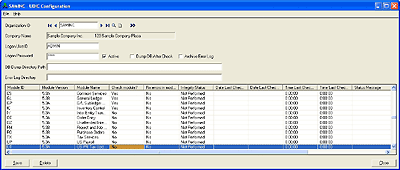
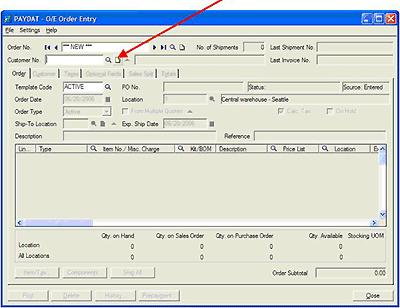
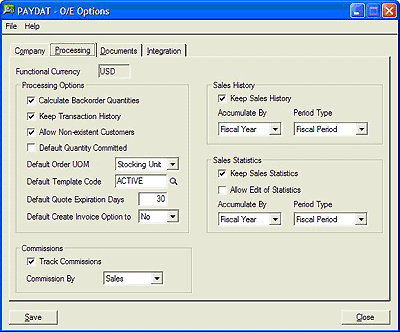
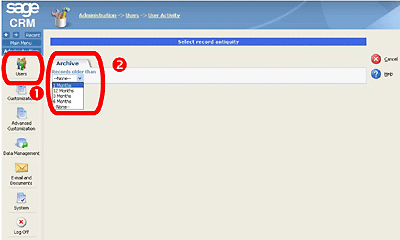

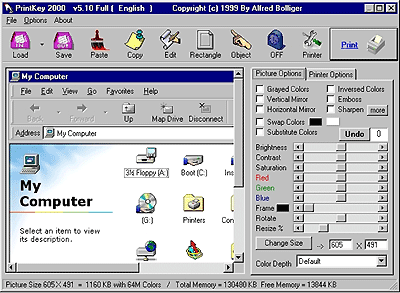
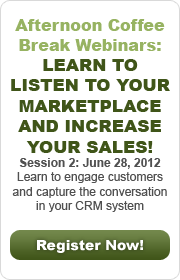

 Download our corporate brochure for more facts about us, our
clients and our solutions.
Download our corporate brochure for more facts about us, our
clients and our solutions.
 Driving Revenue Growth 1
Driving Revenue Growth 1 Satisfying Customers 1
Satisfying Customers 1